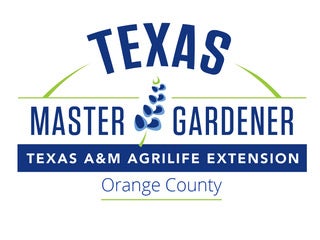MASTER GARDENERS: How (and How Often) to Clean Bird Feeders
Published 12:20 am Saturday, August 28, 2021
|
Getting your Trinity Audio player ready...
|
Adapted from Birds & Blooms by Lori Vanover
Follow these tips for maintaining seed and suet feeders to keep your backyard birds healthy in every season.
A clean bird feeder is essential, and it’s definitely something to keep in mind when you’re buying or building a new one. In addition to how attractive the feeder looks, how sturdy it feels, and how much seed it holds, consider how to it.
When birds eating at feeders come in close proximity, the spread of bird disease is more likely. Summer heat and rains can cause seed and suet to spoil or mold much quicker, especially if your feeders are in the sun. Accumulated bird droppings also create an unhealthy environment.
How to Clean Bird Feeders
It’s important to keep feeders and the surrounding area clean to avoid spreading illness. Clean your seed and suet feeders thoroughly every few weeks (and even more often in hot and humid weather). Remove and discard any leftover seed. Spray and wipe feeders with a 10 percent bleach solution (one part bleach to nine parts water) and a stiff brush. Rinse well with clean water. Allow feeders to dry completely before filling and putting them back up.
Each time you clean your feeders is the perfect time to assess the condition of feeders that have been outside all winter. Check for cracks, broken perches or damaged baffles. Repair or replace them if necessary. Once or twice a season, take them down and give them a full wash with hot water and soap. Or run them through the dishwasher. Many birds feed on the ground, so be sure to sweep up the husks and dropped seeds under and around feeders.
The Best Fall Flowers (That Aren’t Mums)
Adapted from Birds & Blooms by Melinda Myers
Plan on adding some of these blooming plants to your garden to get more flowers and color in the fall.
Q: “Besides mums, what should I plant to get more flowers and color in autumn?”
A: Mums definitely signal the end of the growing season, but native asters, turtleheads and goldenrods are also excellent options. Try sunny Ohio goldenrod or the cultivar Fireworks. They provide nectar for pollinators preparing for winter or migrating to their southern homes.
Asters are a late-blooming, bee and butterfly friendly flower that looks gorgeous in the garden and in a fall floral display. They are some of the best flowers that attract bees. Other fall blooming perennial lovers for pollinators are Bee Balm, Balloon Flower, Rudbeckia/Black-Eyed Susan, Blanket Flower/Gaillardia, Cardinal Flower, Celosia, Liatris, Gomphrena, and Sedum/Stonecrop. In addition, these annual fall flowers will also attract pollinators: Amaranthus, Borage, Cosmos, Calendula, Marigolds, and Mexican Sunflowers,
One favorite native plants is the toad lily. The flowers may remind you of minature orchids and appear along or at the tip of the plant’s stem. Native and noninvasive ornamental grasses also provide texture year-round, and many flower in fall, producing attractive seed heads that last through winter.
When landscaping, don’t forget about shrubs for autumn beauty. Some of the best fall shrubs for your garden are Holly, Beautyberry, Hydrangea, Sweetspire, and Common Witchhazel.
For more horticultural information please check out our website https://txmg.org/orange or our Facebook page Orange County Texas Master Gardeners. For your horticultural and gardening questions please call our Hot Line (409) 882-7010 Tuesday and Thursdays, 10 a.m. – 2 p.m. or email ocmg1990@gmail.com






